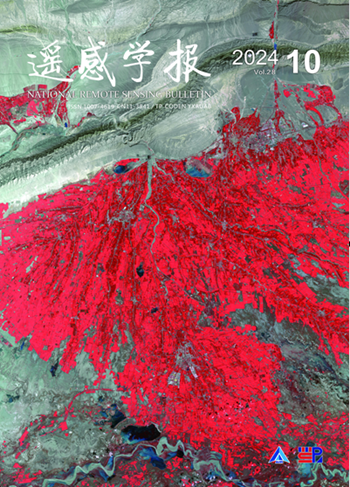Optical Remote Sensing of Oil Spills in the Ocean: What Is Really Possible?
引用次数: 35
Abstract
Optical remote sensing (ORS) of reflected sun light has been used to assess oil spills in the ocean for several decades. While most applications are toward simple presence/absence detections based on the spatial contrast between oiled water and oil-free water, recent advances indicate the possibility of classifying oil types and quantifying oil volumes based on their spectral contrasts with oil-free water. However, a review of the current literature suggests that there is still confusion on whether this is possible and, if so, how. Here, based on the recent findings from numerical models, laboratory measurements, and applications to satellite or airborne imagery, we attempt to clarify this situation by summarizing (1) the optics behind oil spill remote sensing, and in turn, (2) how to interpret optical remote sensing imagery based on optical principles. In the end, we discuss the existing limitations and challenges as well as pathways forward to advance ORS of oil spills.海洋漏油的光学遥感:真正可能的是什么?
几十年来,反射太阳光的光学遥感(ORS)一直被用于评估海洋中的石油泄漏。虽然大多数应用都是基于含油水和无油水之间的空间对比进行简单的存在/不存在检测,但最近的进展表明,基于它们与无油水的光谱对比,可以对油类型进行分类并量化油体积。然而,对当前文献的回顾表明,对于这是否可能,以及如果可能,如何实现,仍然存在困惑。在此,基于数值模型、实验室测量以及卫星或航空图像应用的最新发现,我们试图通过总结(1)溢油遥感背后的光学,以及(2)如何基于光学原理解释光学遥感图像来澄清这一情况。最后,我们讨论了现有的限制和挑战,以及推进石油泄漏ORS的途径。
本文章由计算机程序翻译,如有差异,请以英文原文为准。
求助全文
约1分钟内获得全文
求助全文
来源期刊

遥感学报
Social Sciences-Geography, Planning and Development
CiteScore
3.60
自引率
0.00%
发文量
3200
期刊介绍:
The predecessor of Journal of Remote Sensing is Remote Sensing of Environment, which was founded in 1986. It was born in the beginning of China's remote sensing career and is the first remote sensing journal that has grown up with the development of China's remote sensing career. Since its inception, the Journal of Remote Sensing has published a large number of the latest scientific research results in China and the results of nationally-supported research projects in the light of the priorities and needs of China's remote sensing endeavours at different times, playing a great role in the development of remote sensing science and technology and the cultivation of talents in China, and becoming the most influential academic journal in the field of remote sensing and geographic information science in China.
As the only national comprehensive academic journal in the field of remote sensing in China, Journal of Remote Sensing is dedicated to reporting the research reports, stage-by-stage research briefs and high-level reviews in the field of remote sensing and its related disciplines with international and domestic advanced level. It focuses on new concepts, results and progress in this field. It covers the basic theories of remote sensing, the development of remote sensing technology and the application of remote sensing in the fields of agriculture, forestry, hydrology, geology, mining, oceanography, mapping and other resource and environmental fields as well as in disaster monitoring, research on geographic information systems (GIS), and the integration of remote sensing with GIS and the Global Navigation Satellite System (GNSS) and its applications.
 求助内容:
求助内容: 应助结果提醒方式:
应助结果提醒方式:


